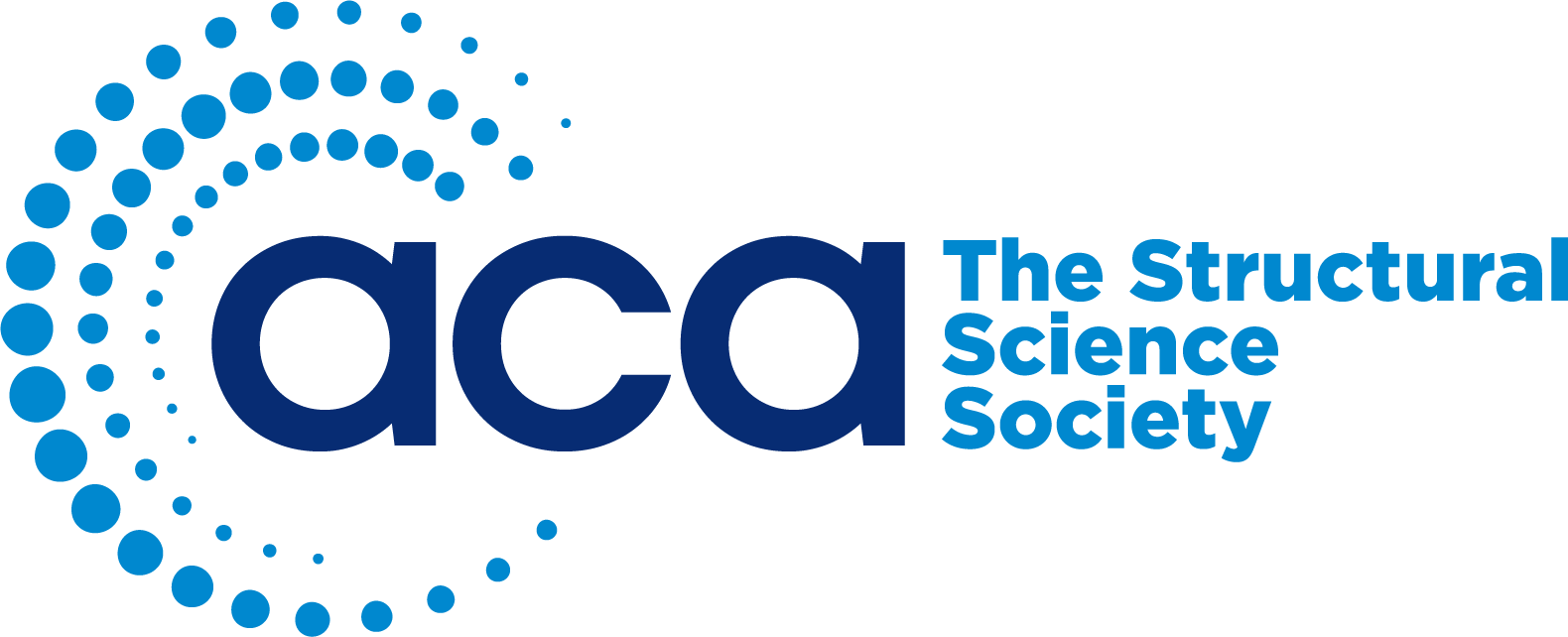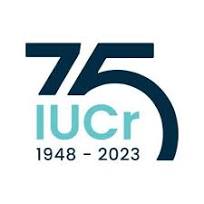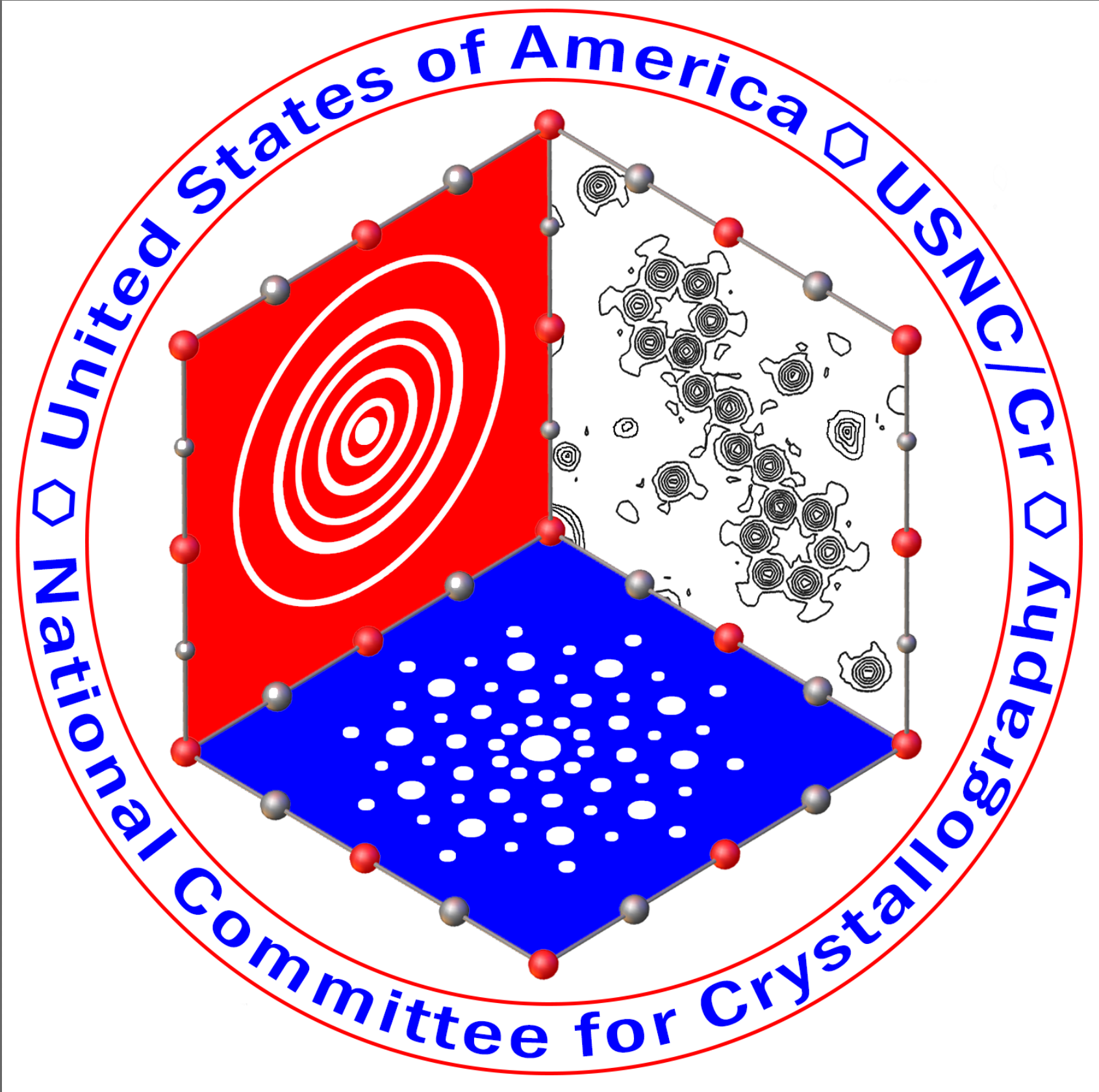- Home
- About ACA
- Publications & Resources
- Programs
- Annual Meeting
- Membership
- -History-
- ACA Video Library
Careers In Crystallography: Exploring the Structure of MatterCrystallography is the study of atomic and molecular structure. Crystallographers want to know how the atoms in a material are arranged in order to understand the relationship between atomic structure and properties of these materials. They work in many disciplines, including chemistry, geology, biology, materials science, metallurgy and physics. Crystallographers study diverse substances, from living cells to superconductors, from protein molecules to ceramics.
Crystallography began with the study of crystals, like quartz. Today, crystallographers study the atomic architecture of any material that can form an orderly solid - from diamonds to viruses. They also investigate a wide variety of other materials, such as amorphous thin films, membranes, liquid crystals, fibers, glasses, liquids, gases and quasicrystals.
Because many crystallographers use x-rays to study crystals, the field is often called "x-ray crystallography." But modern crystallographers use many other methods as well. Atomic force microscopy, neutron diffraction, electron crystallography, molecular modeling, high- and low-temperature studies, high-pressure diffraction and micro-gravity experiments in space are all methods used by crystallographers to unlock the secrets of structure and function.
Crystallographers at WorkTwo familiar materials, diamond and graphite, provide an easy example of how the arrangement of atoms determines the characteristics of a material. Both diamonds and graphite are composed entirely of carbon atoms. A diamond is one huge molecule, very hard, with a very high melting point. By contrast, the carbon atoms in graphite are arranged in layers of flat hexagons which can slide relative to each other, so graphite is the soft, greasy material used in pencils and lubricants. Excitement was high when scientists recently discovered a new all-carbon chemical, with each molecule consisting of sixty carbon atoms. The crystal structure of "C60", shown here1 looks like a geodesic dome or soccer ball. Scientists are enthusiastically investigating the unusual electrical, magnetic and chemical properties of these tiny soccer balls.
The three-dimensional shape of a molecule relates to how the molecule will work - in a chemical reaction in the laboratory, or in a cell in your body. Once the relationship between the structure and properties is understood, it is often possible to design new materials, such as plastic, drugs, alloys, and superconductors, which have specific desired properties. For instance, crystallographers found that, in its crystal form, coenzyme B12 has a very long chemical bond (on a molecular scale) between the central cobalt and the carbon atom. This located a weak, reactive part of the molecule, where a free radical reaction is initiated when the bond breaks. (2) With this knowledge, other scientists may be able to develop new catalysts to speed up the chemical reaction.
A precise fit between two molecules is often the requirement for a reaction. Crystallographers have recently discovered how proteins recognize the shape of DNA to turn genes on and off. (3) With information like this, other scientists may design drugs to control blood pressure, inhibit the growth of the AIDS virus, or cure the common cold.
Liquid crystals are sometimes described as the "fourth state of matter." The molecules in liquid crystals are arranged in an orderly, periodic way, but these materials are fluid, like a liquid. Using diffraction techniques, polarizing microscopy and/or nuclear magnetic resonance (NMR), crystallographers can determine the approximate arrangement of molecules in liquid crystals. They have also studied transitions between liquid crystalline phases in real time using synchrotron x-ray sources. There is still a great deal that we do not understand about these novel materials.
Quasicrystals are crystals with quasi-periodic order. They might also be described as impossible crystals. The molecules in some quasicrystals are arranged about an axis of 5-fold symmetry. Traditionally, crystallographers have considered this to be impossible since there is no strictly periodic way to make this arrangement work. (Try covering your floor with tiles shaped like regular pentagons. Your pattern will show gaps or overlaps!) Nevertheless, there are crystals that have 5 fold external symmetry and display 5-fold (or 10-fold) diffraction symmetry (when x-rays are passed through them). These structures pose a great challenge to crystallographers.
In chemistry, biology and materials science - anywhere atomic structure is the key to understanding and controlling chemical and physical properties - crystallographers are making fundamental discoveries and exciting advances.
Preparing for a Career in CrystallographyHigh School PreparationBiology, chemistry, physics and mathematics are all important for a career in crystallography, and advanced science courses will help. Mathematics courses should include algebra, trigonometry, geometry, and if possible, calculus. Four years of English are also important, with emphasis on writing skills.
Undergraduate College EducationA career in crystallography can be approached from several different disciplines, including chemistry, physics, biology, geology, mathematics, and materials science. The best preparation is a broad background in several scientific areas, as well as experience using and programming computers. A bachelors degree in biology, for example, should include more physics, mathematics, and chemistry than normally required.
Good undergraduate laboratory experience is extremely valuable, in courses, summer employment in industry or academia. An excellent undergraduate grade average (B+ or better) demonstrates that the student can understand the complex problems of structure analysis.
Graduate College EducationMost, but not all, crystallographers have a graduate degree. At the graduate level, a crystallographer develops and refines a specialty and begins to acquire the experience on which a career is based.
References1 The Structure of the C60 Molecule : X-ray Crystal Structure Determination of a Twin at 110 K. S. Liu, Y.- j. Lu, M. M. Kappes and J. A. Ibers, Science 1991, 254, 408-410.2 "X-ray Crystallography of B12 and Cobaloximes," Jenny P. Glusker, in B12 Vol. 1, David Dolphin ed., New York: John Wiley, 1982, pp. 23-106.3 The DNA Binding Arm of (lambda) Repressor: Critical Contacts from a Flexible Region. N.D. Clark, L. J. Beamer, H.R. Goldberg, C. Berkower, C. O. Pabo, Science 1991, 254, 267-270. |


























